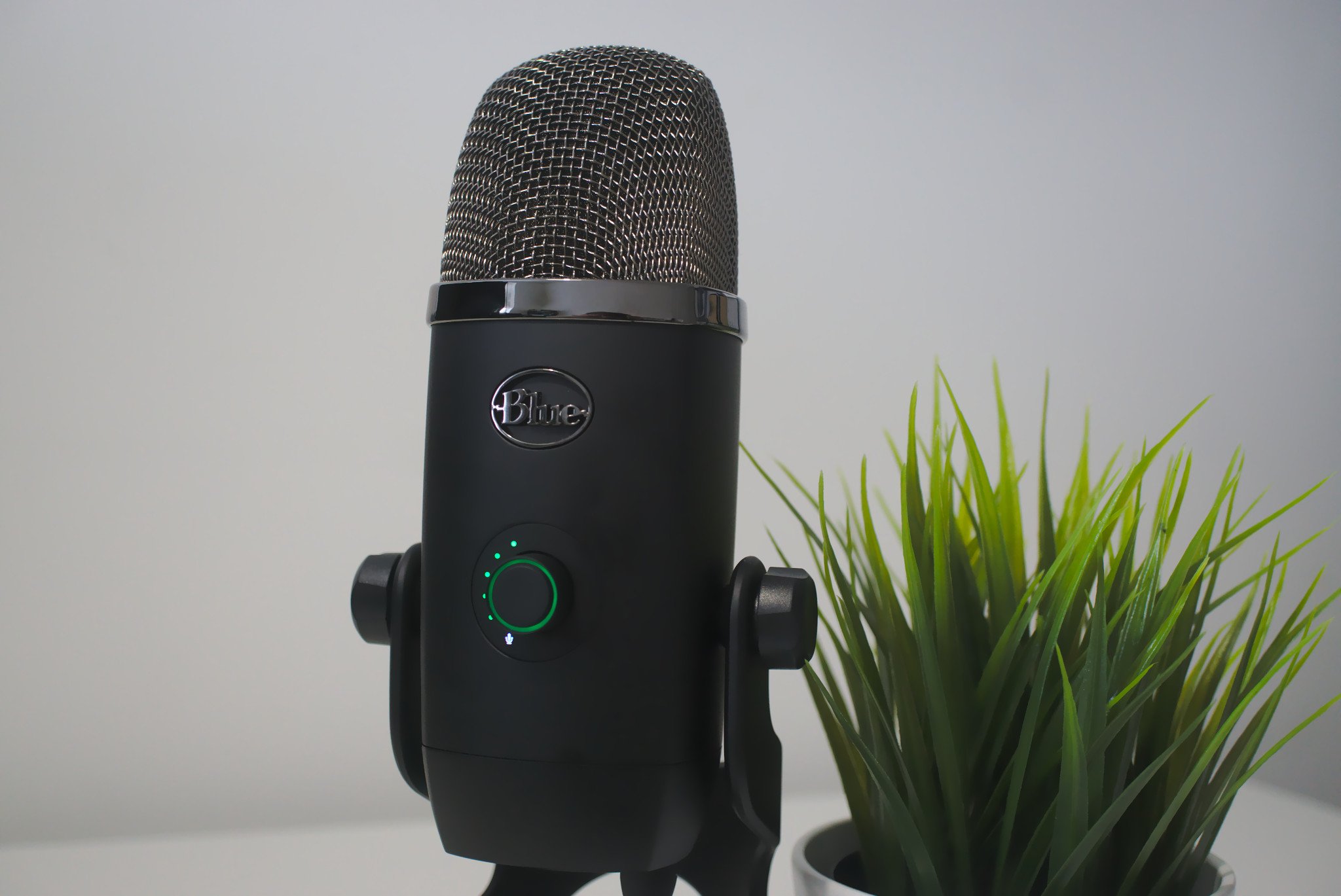
You've probably heard about Blue microphones. They're highly recommended and relied on by many streamers, gamers and other content creators. The Yeti is regarded as among the best value USB microphones you can buy and Blue has released a new version called the Blue Yeti X.
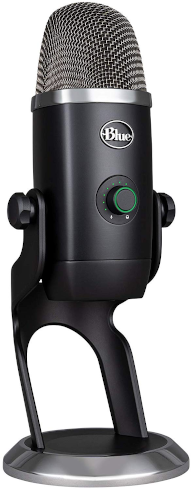
$170 at AmazonBottom line: The Blue Yeti X is perfect for streamers and gamers alike.
For
- Solid build
- Great audio
- Easy setup
- Blue Voice software
- Live monitoring
Against
- Big and bulky
- No USB Type-C
What you'll love about the Blue Yeti X
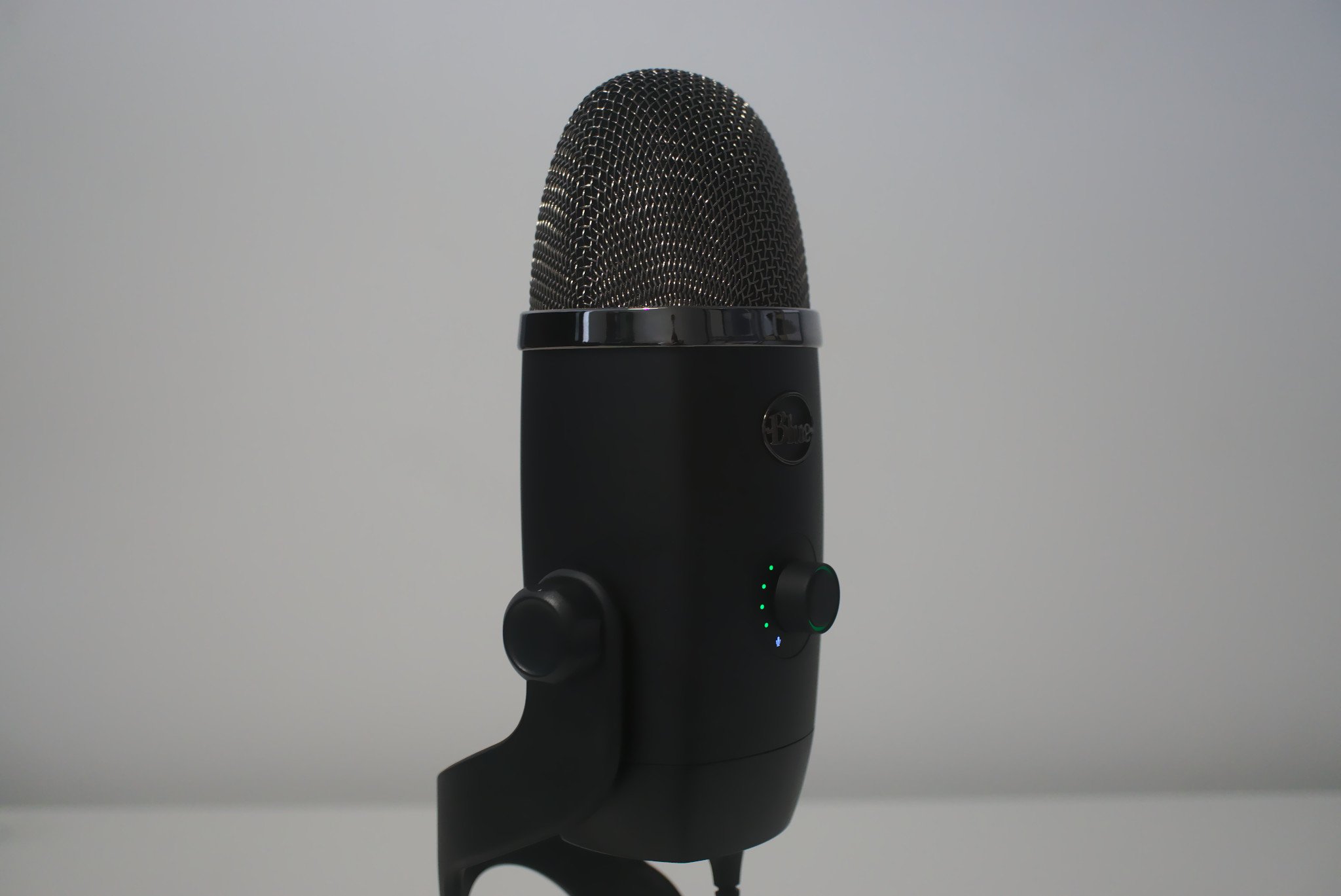
The Blue Yeti X is the subsidiary's first microphone released under its new owner, Logitech. Competitors including Razer, HyperX and SteelSeries have been working on more professional-grade equipment and Blue appears to be the route Logitech is using to compete.
The Blue Yeti X is a great value mic for podcasts and streaming.
The new Blue Yeti X comes rocking support for Blue Voice software — previously spotted on the Logitech G Pro headset — which allows you to configure a whole host of options on the microphone. Aside from the software, very little has changed in terms of design for the Yeti X. It looks like a Yeti, but that's not a bad thing.
What draws people to Blue microphones is how easy they are to unbox and set up. The Yeti X is no different. Logitech (or Blue) includes everything you need to get started, including a quick-start chart showing off some of the features, a USB cable, and the microphone itself. That's everything in the box.
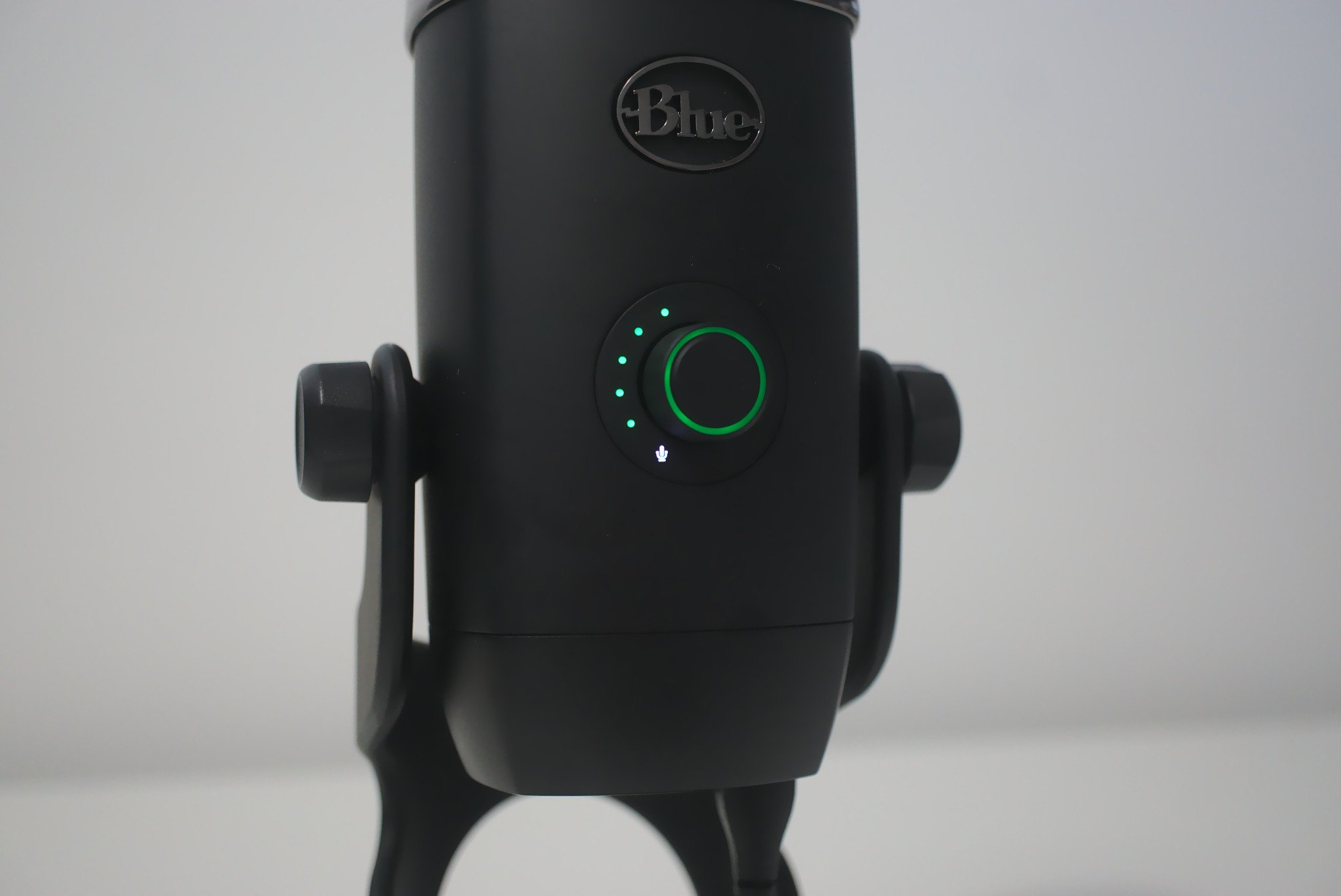
| Category | Spec |
|---|---|
| Frequency response | 20Hz to 20kHz |
| Sample | 48 kHz, 24-bit |
| Power | 5V - 203mA |
| Condensers | 4x 14mm |
| Polar patterns | StereoOmnidirectionalCardioidBidirectional |
| Ports | Micro-USB3.5mm jack |
While the Yeti X looks like the normal Yeti mic, there are a few subtle differences. Instead of just three 14mm condensers found in the Yeti, the Yeti X has four. The sample rate has also been bumped to 48Hz at 24-bit instead of just 16-bit. Finally, there's live LED monitoring and integration with Logitech's software suite.
That doesn't sound like much, but it makes a substantial difference to the recording quality you can achieve, which is most important for streamers and podcasts. Now, this isn't going to compete against the Yeti Pro, but it's not positioned to do so. The audio quality of the Pro is superior to the Yeti X in every way.
The Yeti X offers an almost middle ground between the base Yeti and Pro. The build quality is fantastic, as you'd expect from the company, but the shape and size of this microphone continues to be an issue for more compact mounts and shock accessories. That said, you have everything you need right here to get started with a show for less.
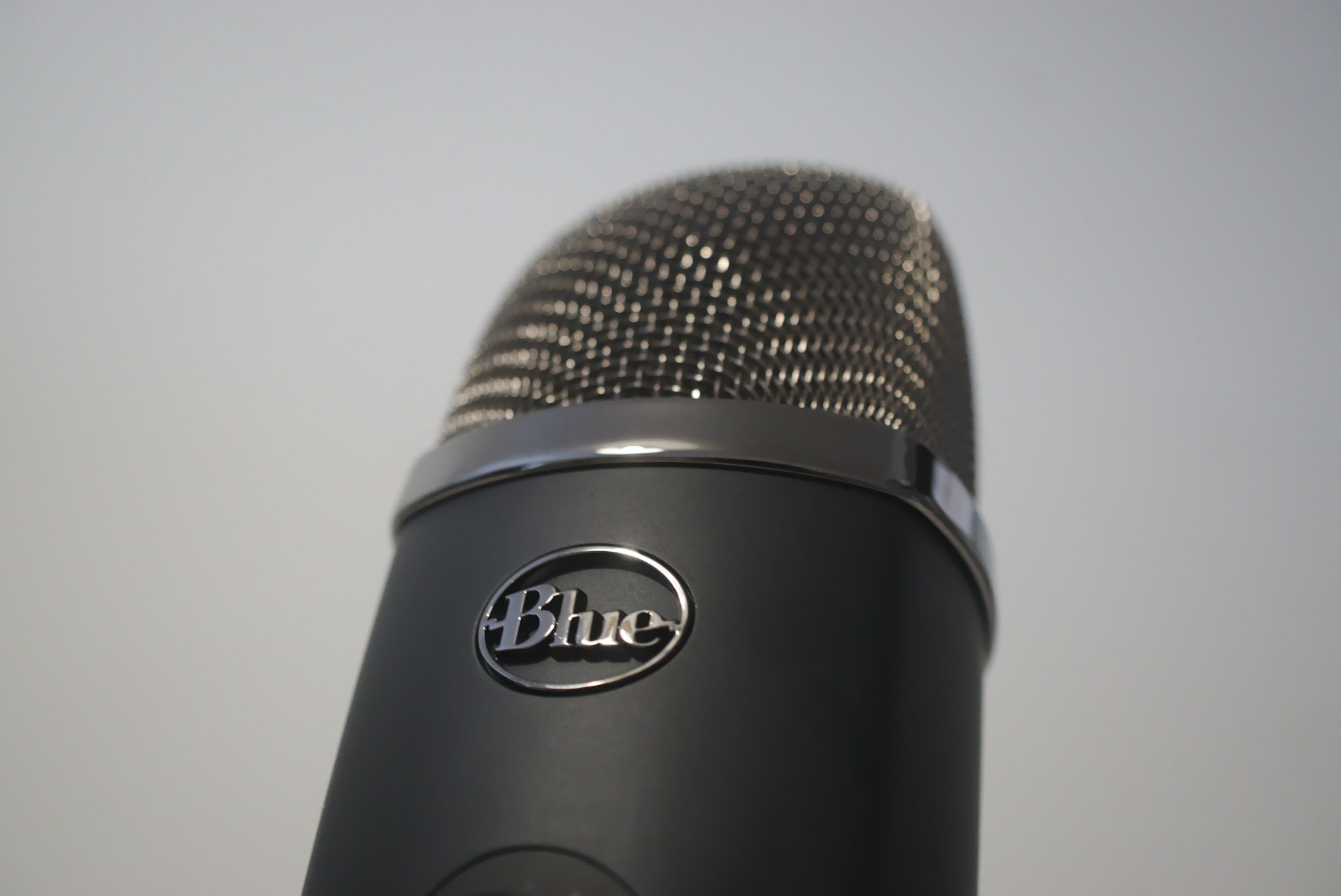
As illustrated on the easy-to-follow cheat sheet included with the Yeti X, you have various options that can be configured using the single button on the Yeti X, located just below the Blue logo. This control handles gain, headphone volume levels, and blend, not to mention LED lighting for metering and showing whether you're muted.
Live monitoring of sound levels is a great addition to any USB microphone.
The LED monitoring is a great addition to any USB microphone since you'll likely plug these accessories straight into a PC instead of a dedicated mixer box. Being able to tell when your voice levels are too low or high on the spot is handy. The control button on the flip side of the microphone allows you to switch between the four included polar patterns — an LED will let you know which one you have selected.
These patterns determine what space around the microphone is most sensitive to sound. For performance, the microphone is fantastic, but that's to be expected here. It's an improved Yeti, which makes it a great deal with the additional features and improvements. For streaming and podcasting, you'll sound crystal clear to your audience. Logitech's software is also very good at allowing you to fine-tune how the microphone is configured too.

The Logitech G HUB can also manage all other Logitech branded peripherals and gadgets you may have at hand and connected to your PC. You can switch up the polar pattern, adjust gain, tune EQ, and even select from Blue's own voice presets. It's a great piece of kit overall.
Yeti has yet another great option for those looking to start a stream or podcast.
What you'll dislike about the Blue Yeti X
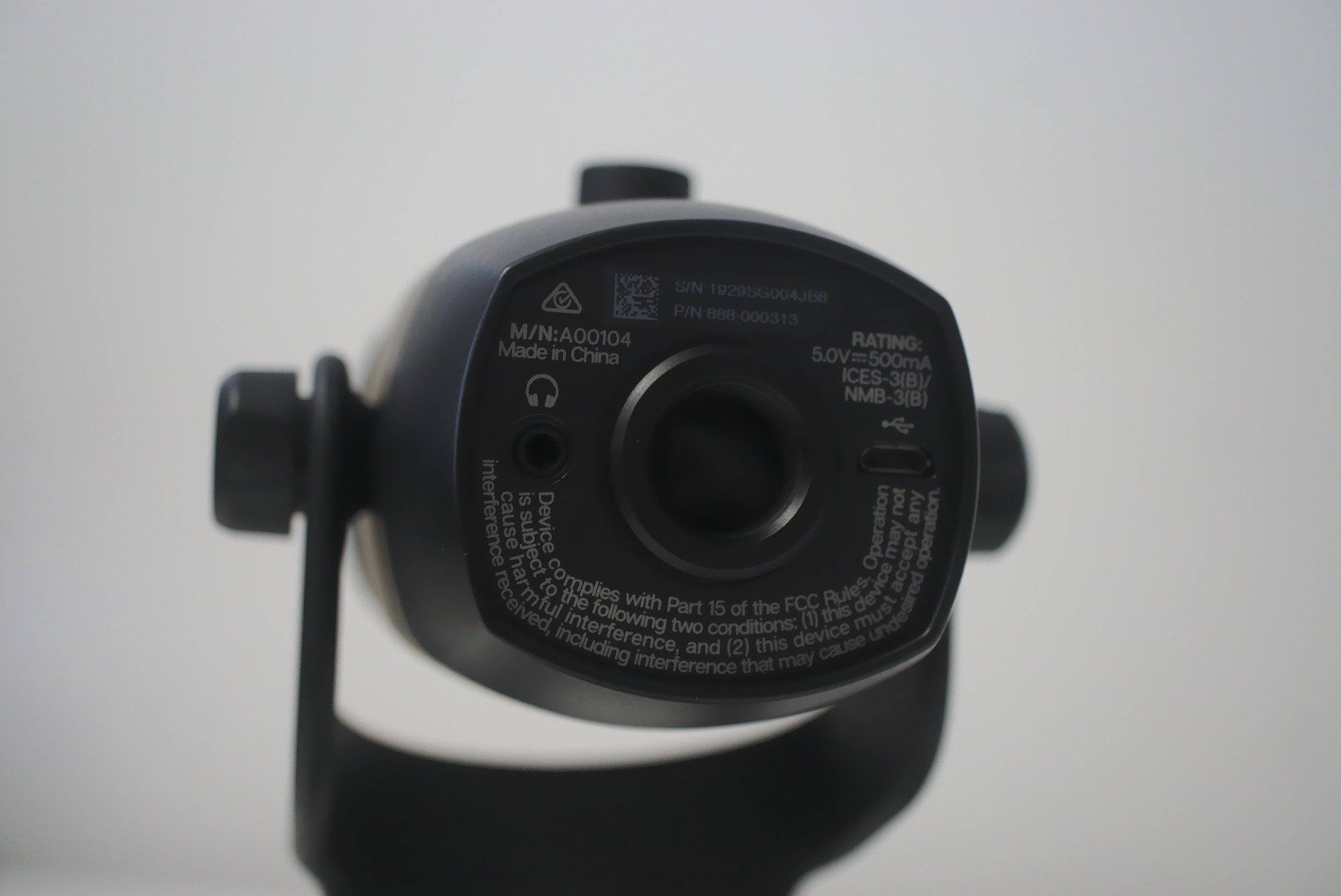
The Yeti X isn't perfect. The use of Micro-USB instead of Type-C is baffling in 2019. This restricts the compatibility of the microphone with other cables you may own from modern hardware. At least we're not looking at a proprietary cable here.
The size and shape of the microphone may be an issue too, especially if you have a shock mount and boom already set up and ready to go. The stand on the Yeti X can be removed and there's the usual mounting on the bottom of the mic, but it would be good to see the microphone lose a little weight.
So should you buy the Blue Yeti X?
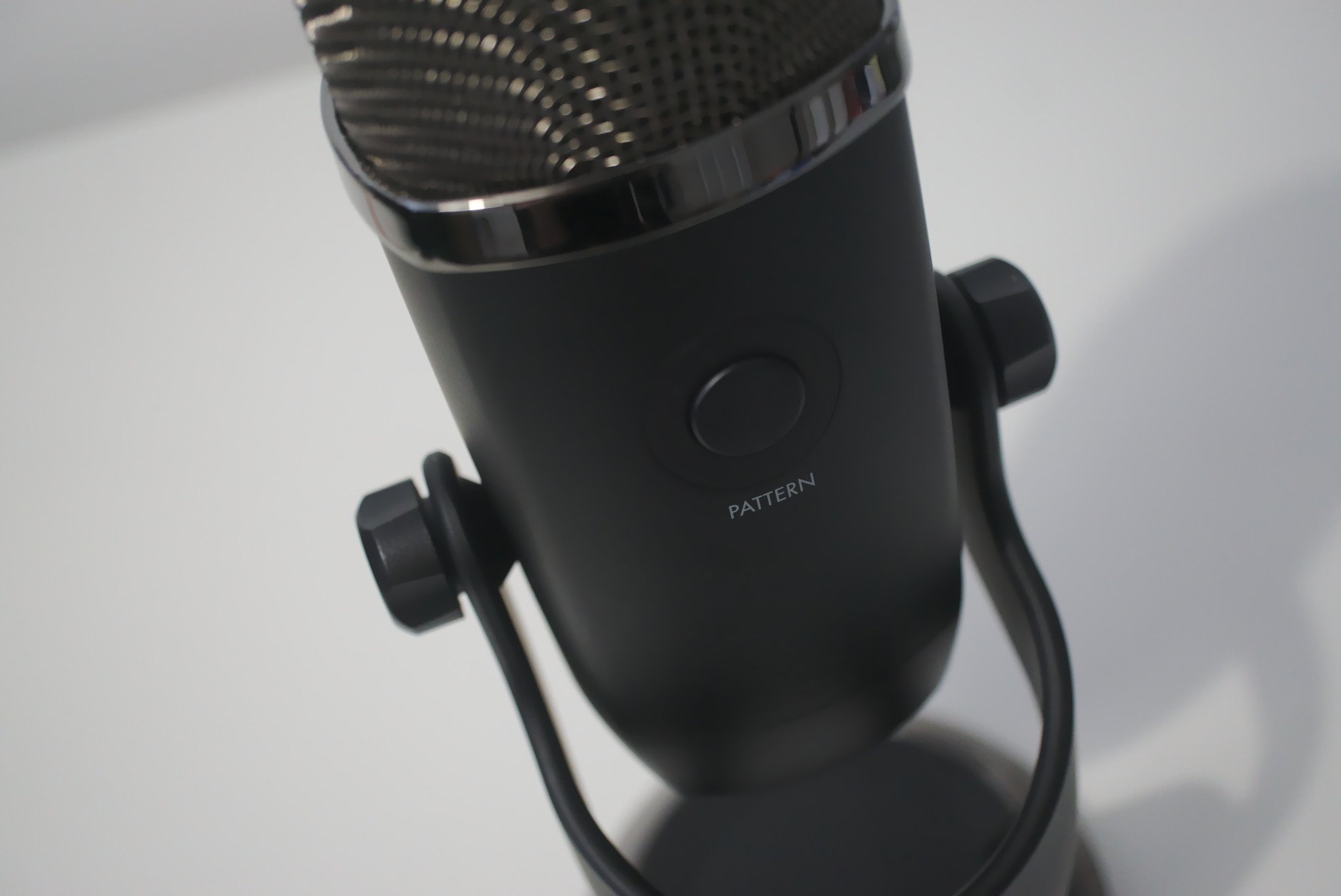
The Blue Yeti X is the first microphone released by the audio company after being picked up by Logitech. If this is an example of what's to come, the future looks to be bright for Blue microphone fans. This is one killer mic for podcasting, streaming, and recording audio in general at this price point.
If you already own the Yeti, the Yeti X may be worth considering if you'd enjoy having a live meter LED present to help you gauge how loud the sample is. Sound quality will be improved every-so-slightly, but that may not be worth the purchase of another microphone.
For everyone else, the Yeti X is worth considering, especially if you plan on starting up a stream or podcast.

Rich Edmonds was formerly a Senior Editor of PC hardware at Windows Central, covering everything related to PC components and NAS. He's been involved in technology for more than a decade and knows a thing or two about the magic inside a PC chassis. You can follow him on Twitter at @RichEdmonds.
